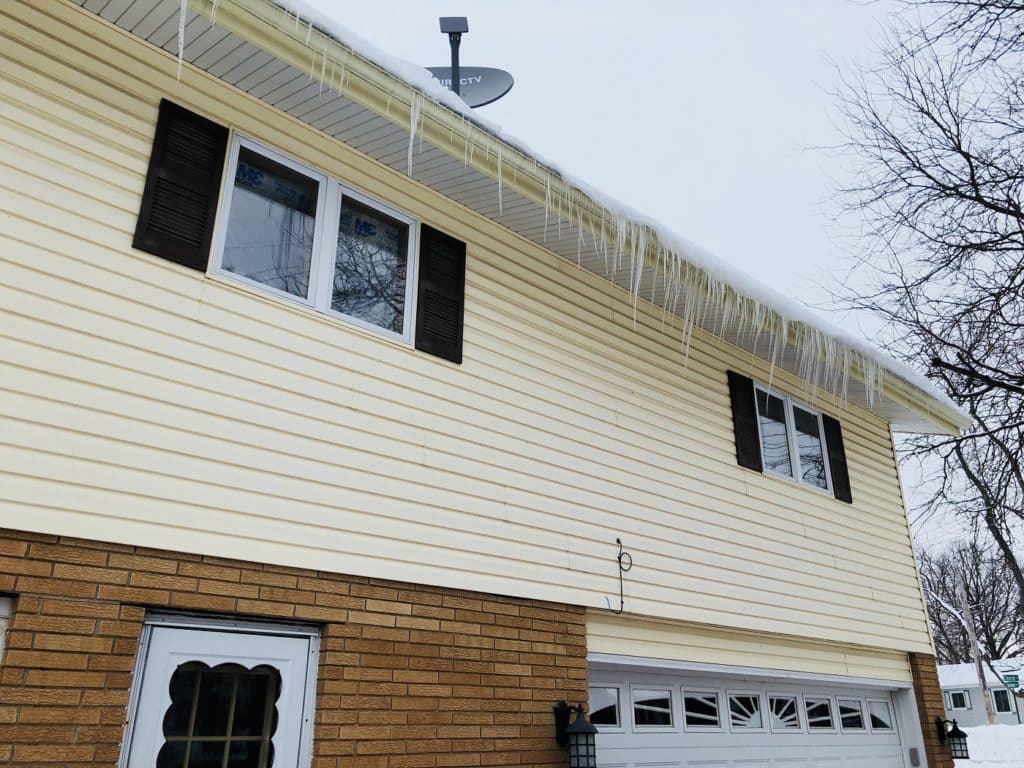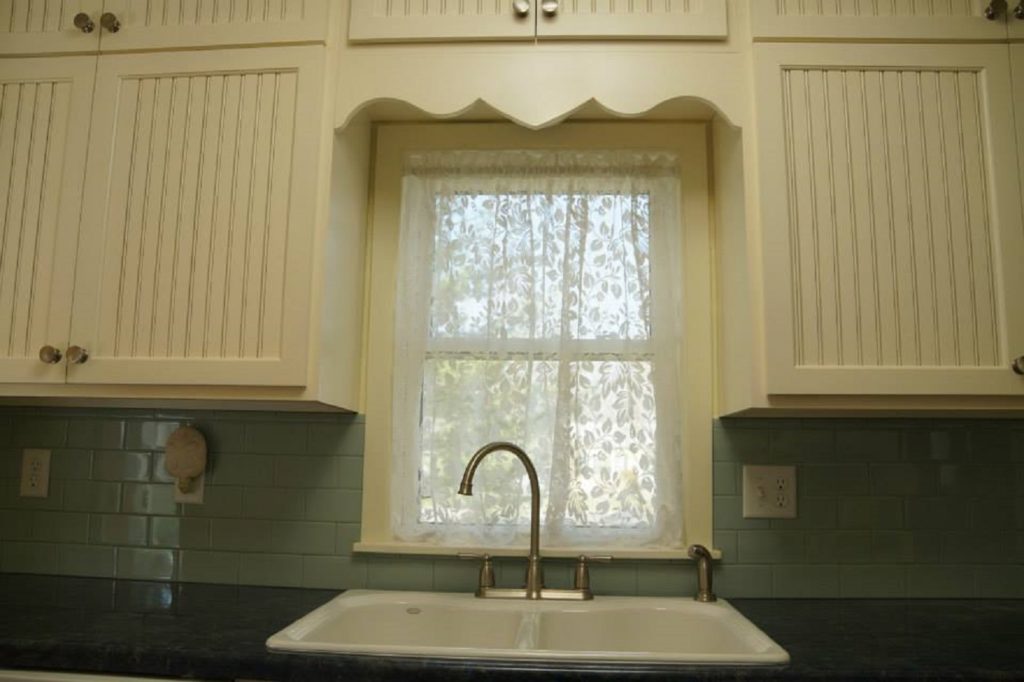Six Signs Of A Poorly Insulated House
Your home should be your sanctuary and the one place in the world you feel the most comfortable, figuratively and literally. If you’re noticing any of these six signs of a poorly insulated house, your best course of action is to reach out to a reputable insulation contractor that can put together a plan tailored for your unique situation.
Ice Dams
One of the most damaging signs of poor insulation is through the creation of an ice dam. They’re created when warm air in your home filters up to your unheated or poorly insulated attic, creating warm areas on your roof. These warm areas lead to melting snow, which trickles down the slope of your roof. Upon reaching cold overhangs, the water refreezes. As the process repeats itself, ice builds up along a home’s eaves, causing the ice to dam. There are other contributing factors that create ice dams, however, the problem with this scenario is that over time ice damming causes water back up under your shingles and into the rooms of your home. Insulation that becomes wet due to ice dams becomes moldy and must be replaced.
Skyrocketing Utility Bills
If you’re noticing steady increases in your utility bills over the past few years and you haven’t been tampering with your thermostat, it’s probable that your home’s insulation needs to be reexamined. It’s possible that your attic’s blown-in insulation may have settled, rendering it less efficient. A result can be areas of your home that are left vulnerable to frigid temperatures. This causes your furnace to work harder, raising your utility bills all while allowing the heat you paid for to filter out through your walls and attic. Learn more about how to prepare your furnace to ensure it’s working properly.
Drafty Rooms
If a professional has ruled out windows and doors as the issue, it’s quite possible that your poorly insulated attic is to blame. That’s because when there isn’t an adequate barrier between exterior air and interior atmosphere, cold drafts can permeate a home.
Chilly Walls & Ceilings
As a rule, interior ceilings and walls should feel warm and dry. If you touch them and notice dampness and coolness, it’s a red flag and a sign of poor insulation. The situation should be evaluated and it’s likely more insulation will need to be installed. Do note that exterior walls will be cooler because insulation is preventing interior air from exiting the home.

Frigid Flooring
This scenario often incorrectly gets blamed on your home’s furnace not functioning, as it should. However, it can actually be a sign of poor insulation in need of improvement. In most homes, air movement typically contributes to an uneven indoor temperature. Due to the fact that hot air rises and cold air falls, interior temperatures are impacted on each floor in the house. Poorly insulated houses permit cold air to filter in during the winter months, causing floors to be colder than they should be.
Inconsistent Home Temperatures
Proper levels of home insulation means the temperature within your home remains the same throughout. If you’re noticing dramatic differences between rooms not caused by your thermostat, it’s likely your insulation has something to do with it.
Here’s Our Insulation Performance Test To Improve Home Energy Efficiency:
